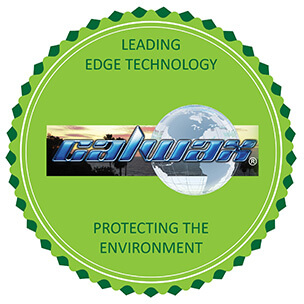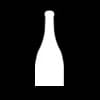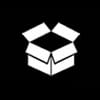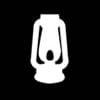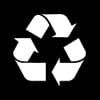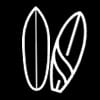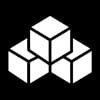Packaging Wax
There are three basic processes used in the packaging industry for applying wax: coating, laminating, and impregnating. To begin, the coating process lays wax ON the surface of a packaging material. The laminating process applies wax BETWEEN two materials, and lastly, the impregnating process causes the wax to be driven INTO a packaging material surface.
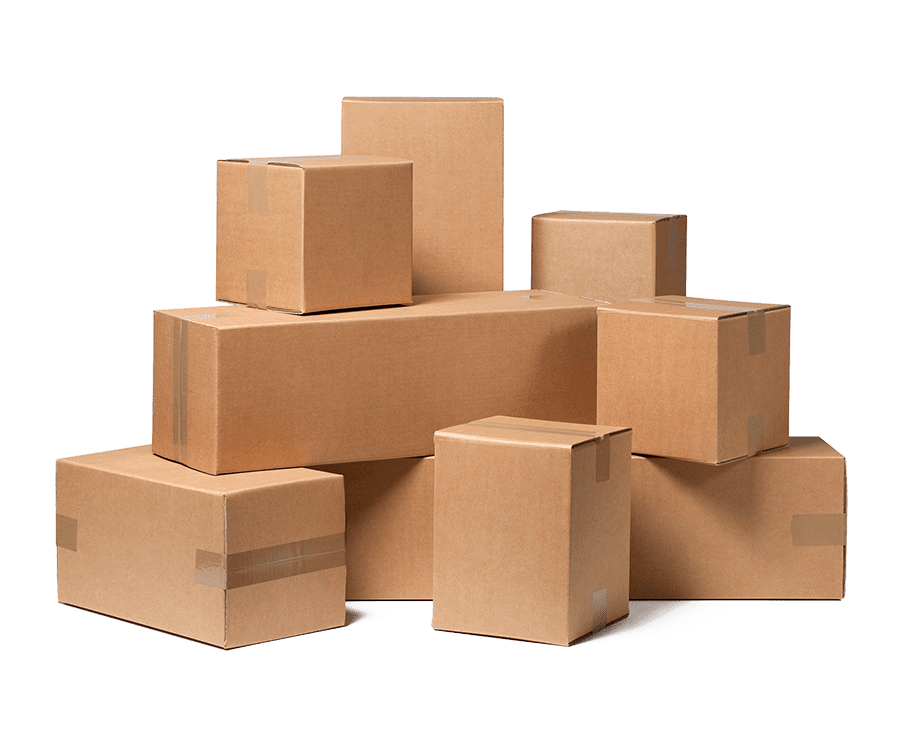
These processes described above can be performed independently, or in combination with each other, however, please note that wax is almost always applied in a molten state. To attain the properties that wax can produce, packaging materials are usually coated, laminated or impregnated with a continuous film of wax using one or more of these basic application methods:
- Rolling (roll coating) – the material is waxed by passing over or under a roller that has a layer of molten wax on it. The roller “kisses” the material and thereby transfers the wax to the material’s surface. The rollers may be made of metal, rubber or other materials and can be smooth, patterned or felt covered.
- Dipping (impregnating) – the material is dipped or submerged into a bath of molten wax.
- Passing (curtain coating) – the material is passed through a curtain of falling molten wax.
- Flushing (cascading or saturating) – wax is flushed into or over the material.
- Spraying – the material is sprayed with molten or powdered wax.
These five basic methods can lead to many variations and an otherwise simple machine or process can become quite complex. Our CALWAX Sales and Technical team are available for consultation and assistance when using these procedures.
The coating process may use paraffin, microcrystalline or a blend. Laminating makes use of microcrystalline wax due to the need for superior adhesive strength, cohesive strength and flexibility. Impregnating primarily uses paraffin. Selecting the right wax is not only based on the wax’s properties, but also the result desired, the materials to be processed and the machine used for application.
The degree to which the wax is applied ON or INTO (or some combination of the two) the material is also determined by the physical characteristics of the wax and the packaging material being treated. This is controlled by the speed, temperature, pressure and time used during the application process. Recognizing and knowing how to control these factors will simplify and eliminate most wax problems.
140 FRP WaxAn excellent gloss and water repellent which is resistant to most alkalis and acids. Will not stain coated materials due to the controlled oil content of under 0.5%. It is typically used for Paper Covering, and Paper Cups and Packaging Coatings. |
|
Coating Wax MR1A laminating grade wax used in industrial coating and laminating processes. It has a mid-range drop melting point. It can also be used in food coating processes. This product is recommended where flexibility, tack and barrier properties of laminating grade wax are required. |
|
Laminating Wax 7381A laminating grade wax used in industrial coating and laminating processes. It has a mid-range drop melting point. It can also be used in food coating processes. This product is recommended where flexibility, tack and barrier properties of laminating grade microcrystalline wax are required. |
|
MCCC1 Curtain Coating WaxThis is a multi-purpose wax coating applied via all commercially available curtain coating equipment. Calwax MCCC1 Curtain Coating Wax imparts a low barrier coating with exceptional flexibility when applied to board stock. |
|
PS1 Saturating WaxThis wax is designed to enhance water holdout and increase strength and board stiffness properties. The product is formulated for cascade and other saturating wax operations. It may also be used for roll coating. |
Leading Edge Technology Protecting the Environment
